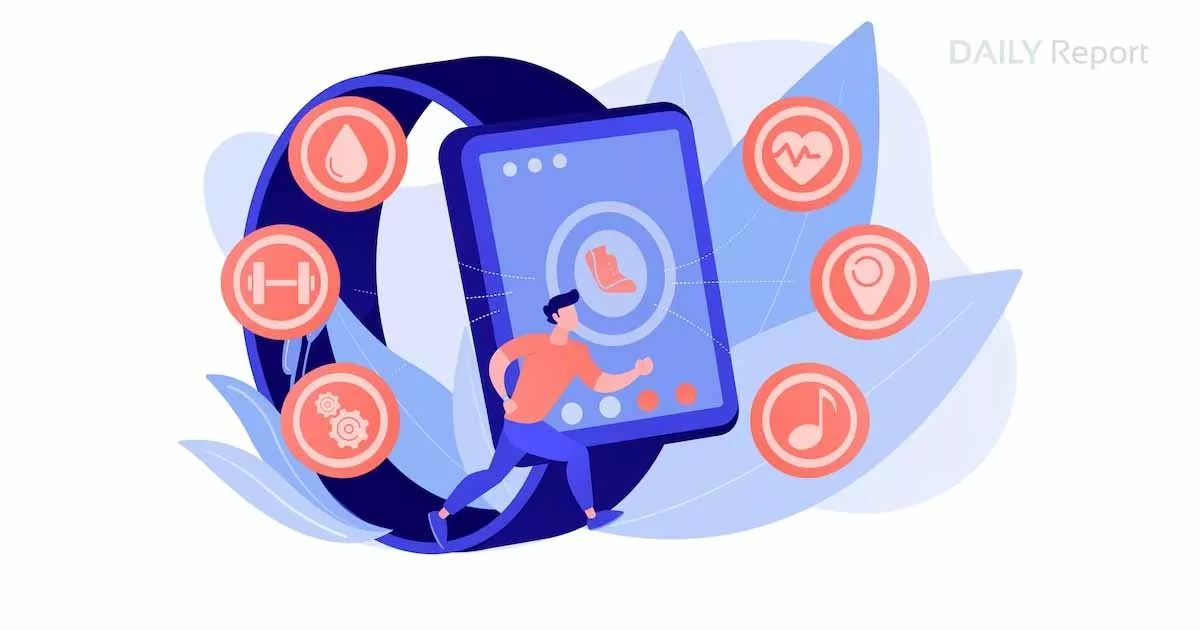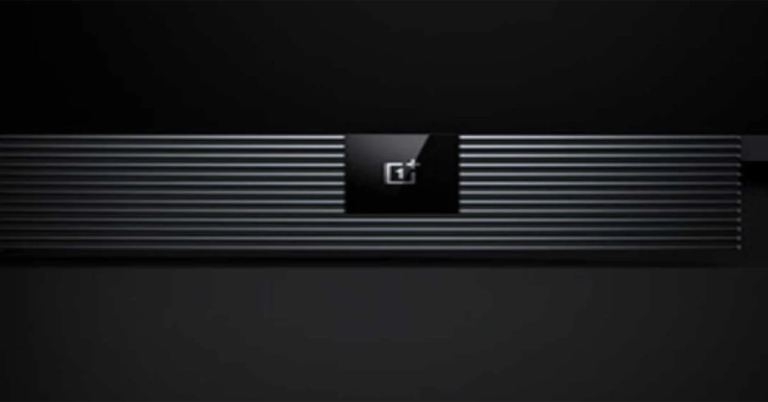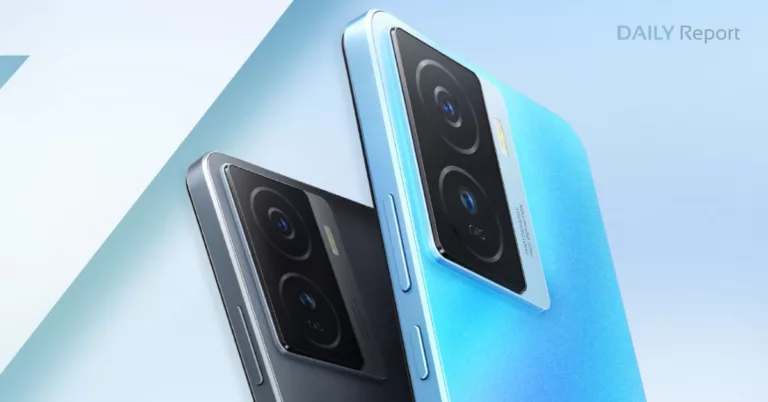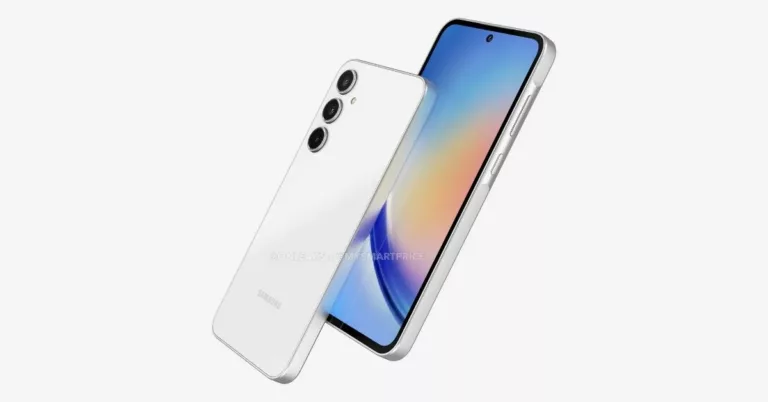The Benefits of Wearable Technology in Health and Fitness 2023
In today’s fast-paced world, the integration of technology into our daily lives has become more prevalent than ever before. One area where technology has made a significant impact is in the field of health and fitness. The advent of wearable technology has revolutionized the way we track, monitor, and improve our overall well-being. From smartwatches to fitness trackers and beyond, these devices have gained popularity for their ability to provide real-time data, motivation, and convenience. In this blog, we will explore the various benefits of wearable technology in health and fitness and how they can empower individuals to take control of their physical and mental well-being.
1. Accurate Tracking and Monitoring
One of the key benefits of wearable technology in health and fitness is its ability to provide accurate tracking and monitoring of various health parameters. Fitness trackers and smartwatches equipped with sensors can measure heart rate, sleep patterns, steps taken, calories burned, and even blood pressure. By wearing these devices throughout the day, individuals can gain valuable insights into their daily activities and make informed decisions to improve their overall health. The real-time data captured by wearables can help users set and achieve realistic goals, track their progress, and make necessary adjustments to their routines for optimal results.
2. Motivation and Accountability
Wearable technology acts as a constant companion that provides motivation and accountability in achieving health and fitness goals. These devices offer features such as activity reminders, goal notifications, and personalized challenges to keep users engaged and motivated. Many wearables also integrate with mobile apps and social platforms, allowing users to share their achievements and compete with friends, family, or online communities. This social aspect creates a sense of accountability and healthy competition, further encouraging individuals to stay active and committed to their fitness routines.
3. Personalized Coaching and Guidance
With advancements in wearable technology, individuals can now access personalized coaching and guidance at their fingertips. Many fitness trackers and smartwatches are equipped with built-in coaching features that offer workout suggestions, exercise demonstrations, and even voice-guided instructions. These features help users optimize their workouts, maintain correct form, and avoid injuries. Some wearable devices also provide tailored feedback based on the user’s performance, enabling them to make adjustments and improve their fitness levels gradually.
4. Improved Sleep and Stress Management
Wearable technology plays a crucial role in improving sleep patterns and managing stress levels. Sleep tracking features in wearables monitor the quality and duration of sleep, providing insights into sleep cycles, disturbances, and overall sleep efficiency. Armed with this information, individuals can make lifestyle adjustments to enhance the quality of their sleep and wake up refreshed. Additionally, many wearable devices offer stress monitoring and relaxation techniques, such as guided breathing exercises, to help users manage their stress levels effectively. By promoting better sleep and stress management, wearables contribute to overall mental well-being and productivity.
5. Enhanced Safety and Emergency Assistance
Wearable technology has also proven to be invaluable in terms of safety and emergency assistance, particularly for individuals engaging in outdoor activities or those with specific health conditions. Many devices offer built-in GPS tracking and SOS features that can alert emergency contacts or authorities in case of an accident or medical emergency. This feature provides peace of mind for individuals who may be at risk during activities such as hiking, running, or cycling. Wearables equipped with fall detection capabilities can also automatically notify emergency services or designated contacts in the event of a fall or loss of consciousness.
6. Integration with Other Health Platforms
The seamless integration of wearable technology with other health platforms, such as electronic health records (EHR) and telemedicine, enhances the overall healthcare experience. Wearables can synchronize data with EHR systems, allowing healthcare professionals to access comprehensive health information during consultations. This integration facilitates more accurate diagnoses, personalized treatment plans,
and better monitoring of chronic conditions. Furthermore, wearable devices can be linked to telemedicine platforms, enabling remote monitoring and virtual consultations, thereby expanding access to healthcare services, especially for individuals in remote or underserved areas.
Conclusion
Wearable technology has brought about a paradigm shift in the way we approach health and fitness. With their ability to track, monitor, and provide real-time data, these devices empower individuals to take charge of their well-being like never before. From accurate tracking and monitoring to personalized coaching and guidance, wearables offer a range of benefits that encourage and motivate individuals to lead healthier lives. Moreover, the integration of wearables with other health platforms and their role in enhancing safety and emergency assistance make them indispensable tool for improving overall health and quality of life. As technology continues to evolve, we can expect wearable devices to become even more sophisticated, further revolutionizing the health and fitness landscape.







